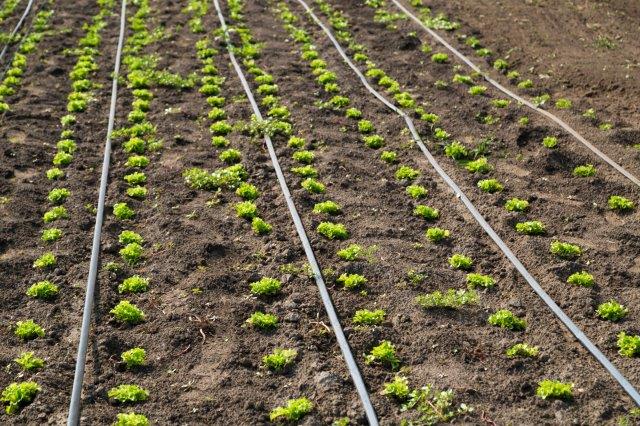The Benefit of Micro Drip Irrigation for Emerging Markets Around the World
Micro irrigation offers great potential to increase crop yields

As water scarcity becomes a leading factor in farming worldwide drip irrigation and micro irrigation, in particular have seen rising popularity in emerging markets around the world from South America to North Africa.
It is often the case that farmers rely heavily on weather based crop irrigation practices, such as rain or flood irrigation, the results of which are unpredictable and can lead to reduced crop yields. Micro irrigation offers great potential to increase crop yields, save water and improve local economies by providing a sustainable drip irrigation solutions that can cut water usage by 30 to 50 percent.
How Producing Micro Irrigation Piping Locally Helps Emerging Markets
Micro irrigation tubing is produced through a plastic pipe extrusion process that has specialized micro drippers inserted into the hot pipe and perforated at equal intervals. The pipe is then coiled, packaged and ready for sale.
Setting up new pipe production plants in emerging drip irrigation markets offers many benefits for manufacturers and local economies alike. New manufacturing operations create a number of local jobs that allow on the job training for workers to learn new skills. Additionally, by producing piping locally, farmers and distributors do not need to worry about the extra costs of importing foreign goods which in turn helps keep the price of micro tubing low and accessible.
Emerging Markets with Strong Potential for Micro Irrigation
While the benefits of micro irrigation can be seen in almost every country throughout the world, from small household gardens to large crop fields and leach mining operations, there are a number of emerging markets around the world that have great market potential for micro irrigation piping.
North Africa
The countries of North Africa have shown an increasing interest in micro irrigation systems, fueled through numerous initiatives such as:
● The World Bank’s Tunisia Irrigated Agriculture Intensification Project (Source -The World Bank)
● GWP’s drip irrigation & water management training of farmers in Morocco and Algeria (Source-GWP)
● GMR program, the world’s largest irrigation project aimed to provide irrigation to Libya and Egypt (Source-Wikipedia)
Algeria
Currently the largest oat market in Africa, Algeria was once an even bigger agricultural producer of wine and cotton during the 18th century (Source-Wikipedia), and the Algerian government has been trying to boost agriculture once again through a series of decisions and incentives (Source-Reuters). However, a recent decision by the Algerian government to tax imported goods has made it difficult to import micro irrigation equipment, sparking interest in local micro irrigation pipe production.
Pakistan
Home to an ever increasing 200 million inhabitants, Pakistan uses 95% of its water for irrigation. Pakistan is facing challenges with water depletion and low crop yields, due to inefficient irrigation techniques. Problems such as low crop yields, waterlogging and scarcity of groundwater reservoirs, have led to widespread consideration of drip irrigation systems, making Pakistan a strong candidate for an emerging drip irrigation market. (Source-Researchgate).
Colombia
The majority of Colombia’s farming depends on gravity irrigation systems, that offer very low efficiency, contribute to soil erosion, salinization and result in high agricultural runoff. The market is currently showing an increasing upward trend in advanced irrigation techniques, such as micro irrigation (Source-Wikipedia).
Mexico
The majority of Mexico’s farmers use surface irrigation, resulting in poor crop yields due to its predominantly semi-arid soil. With the support of the World Bank and the Inter-American Development Bank, the Mexican government is currently investing in improvements to its irrigation systems (Source-Wikipedia), resulting in increased interest for micro irrigation products.
India
The unpredictability of Monsoons the last 6 years, as well as below average rainfall, has turned India into a booming emerging market for micro irrigation. DRTS already has over 200 drip irrigation pipe production lines operating across the country and these are only expected to increase, due to India’s increasing population and majority of farms still relying on inefficient methods of irrigation.
DRTS and emerging markets implementation
With over 35 years of experience in the drip irrigation industry DRTS has extensive experience in supporting and setting up new micro irrigation products manufacturers in emerging markets.
At DRTS we pride ourselves in helping from the early concept and planning phases, all the way to providing turnkey micro irrigation pipe production facilities and employee training.
For more info please contact: info@drts-corp.com | +1 (858) 587 4833




